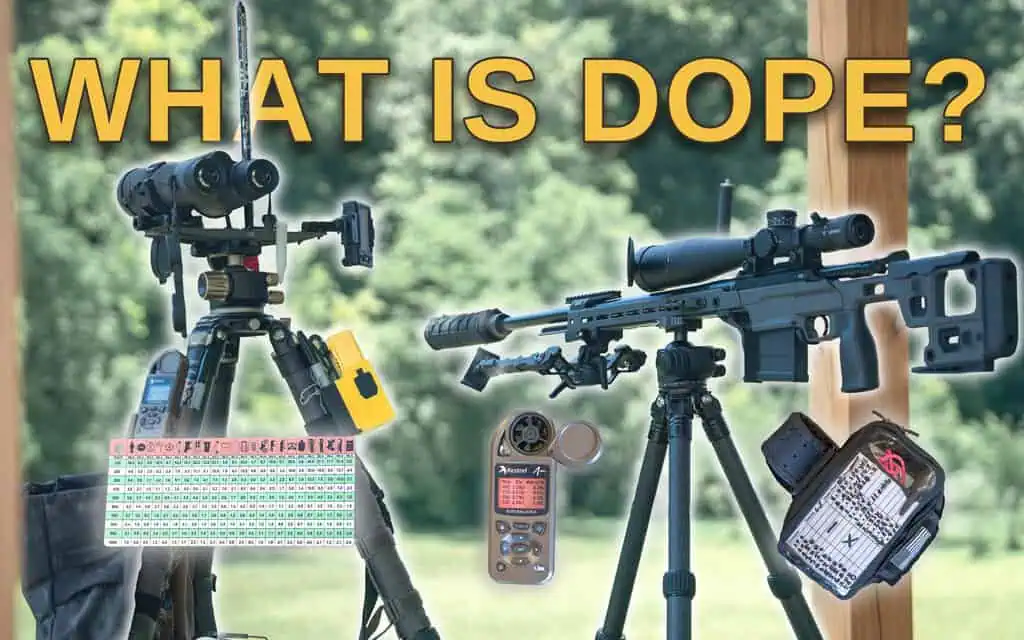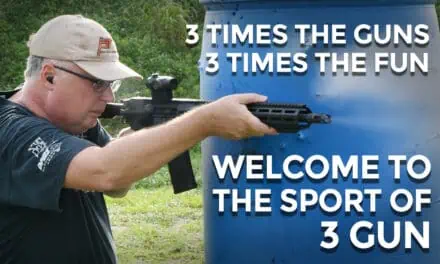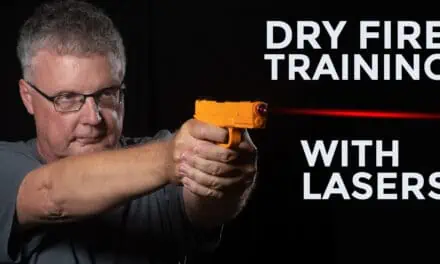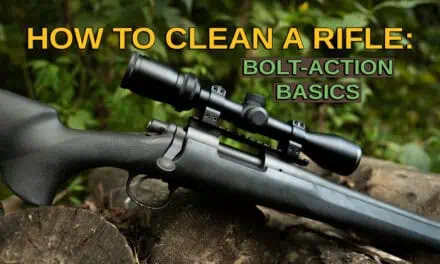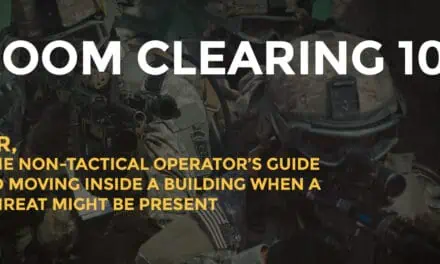If you’ve spent any time around precision rifle shooters, you’ve probably heard the term “DOPE”. No, I don’t mean the slang kind (although, we don’t judge). This D.O.P.E stands for Data On Previous Engagement. Whether you’re punching paper at 300 yards or ringing steel past 800, understanding and applying DOPE is a fundamental part of long-range accuracy. Today, we’re breaking down what DOPE is, why it matters, and how to build your own DOPE card so you’re ready to take the shot when it counts.
What Is DOPE?
Data On Previous Engagement refers to the information a shooter collects in order to understand how their rifle and ammo performs at different distances. This data is used to compensate for bullet drop, wind, and additional variables. Shooters will document and apply this data to place rounds where they need to, even at extended ranges.
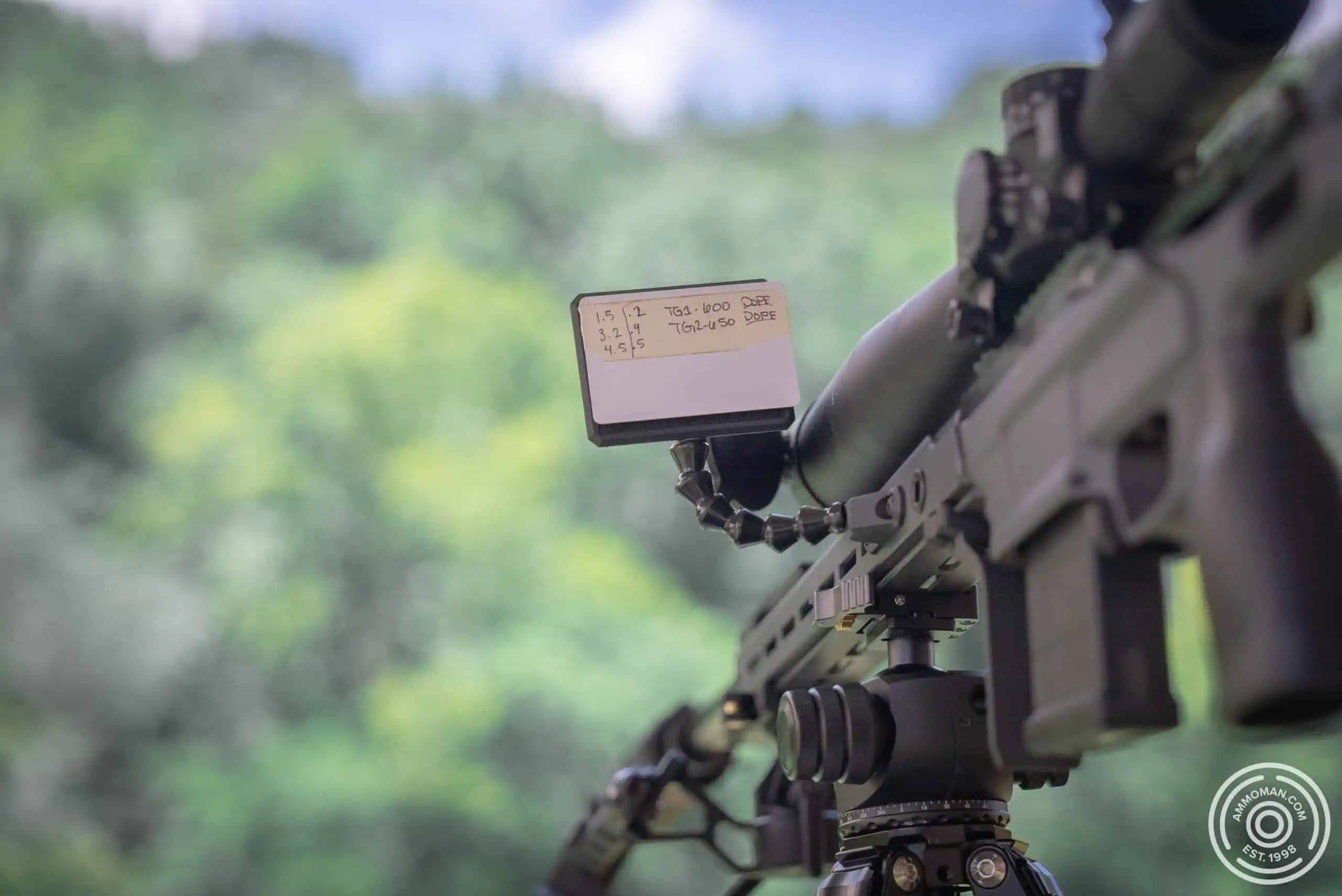
Competition DOPE setup directly on a rifle.
In layman’s terms, DOPE tells you how much you need to adjust your optic. Whether by dialing your elevation and windage turrets or by using reticle holdovers in order to hit your target.
Why DOPE Matters
Every rifle and cartridge combination behaves a little differently. Even when using match ammo and quality optics, external factors like barrel length, atmospheric conditions, and elevation can heavily influence your bullet’s path. Taking the time to collect real data on your rifle/ammo combination ensures performance on demand. Without solid data, you’re guessing…and if you find yourself shooting at longer distances and guessing, go ahead and prepare yourself to miss.
Benefits of DOPE for Shooting
DOPE can help you can accomplish a few things:
-
Greater chances of first-round impacts
-
Reduced time searching for a ballistic solution at distance
-
Save ammo by avoiding “guesstimating” shooting
-
Increase effectiveness in competition and real-world scenarios
How to Make a “DOPE” Card
The most common way professional shooters and competitors utilize DOPE, is by creating a DOPE card. This card can include as much or as little information as you want. It comes down to which information will best serve you when you want to make impacts. Some shooters are able to make good use of data on wind calls, altitude, details about their rifle and much more.
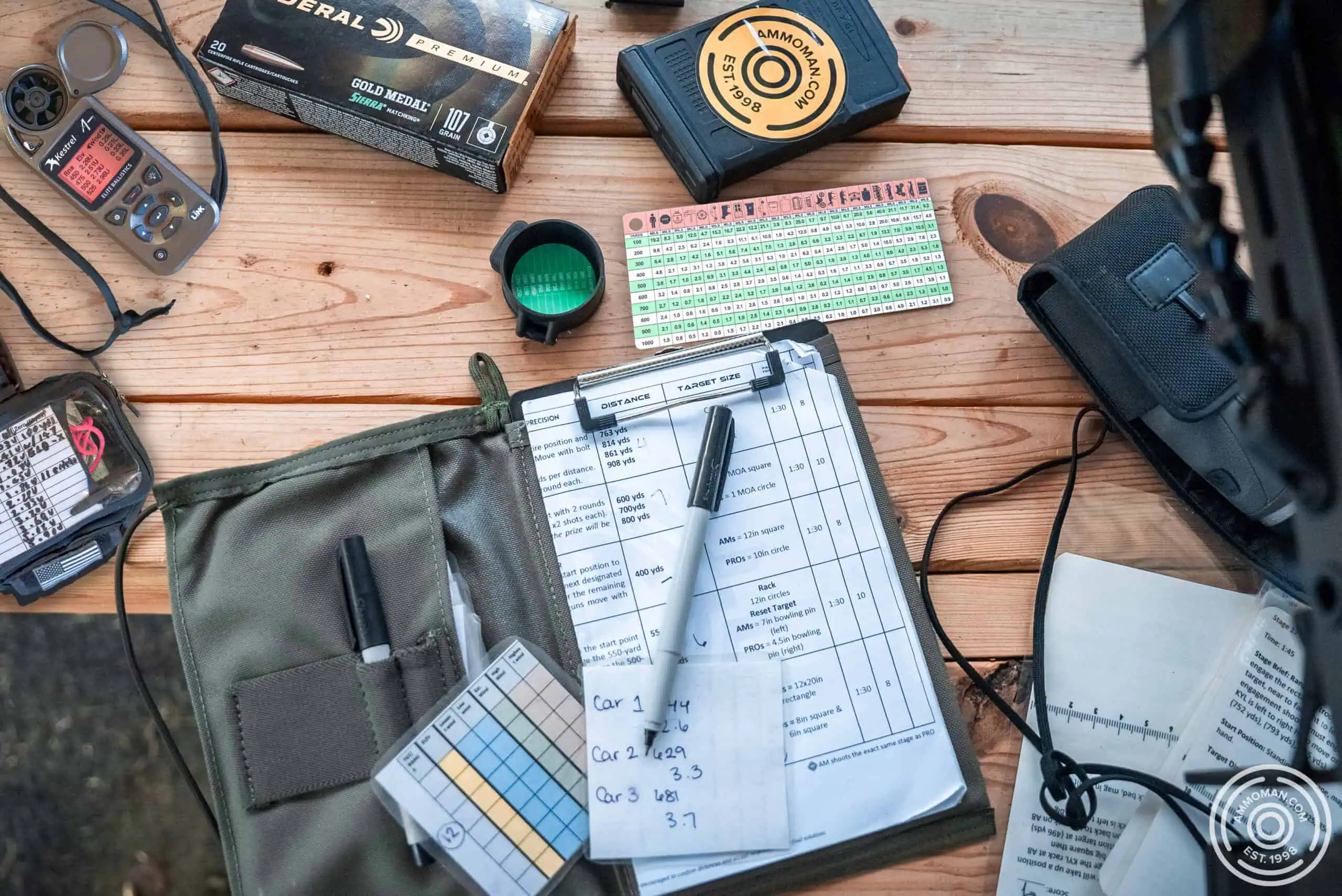
Equipment for collecting dope.
While all of that information is valuable and should be noted somewhere for safekeeping, I believe that the typical shooter will get the most use out of a more simplified DOPE card.
My suggestion is to make a chart that includes the following minimum:
- Varied ranges (up to cartridge capability)
- Elevation holds annotated to match individuals reticle system (ex. MILRAD/MOA)
- Information about what ammunition you are using and the distance it was zeroed
Note: Some shooters include data for wind holds. This can be useful for training your ability to make wind calls or adjustments however, this is a more technical component of dope. We suggest getting training before worrying about adding wind calls to your card.
How to Build a DOPE Card
Like mentioned before, these cards can be as fancy or simple as you want. In its most simple form, all you need is a few things:
- Your rifle
- One consistent ammo type
- A quality optic
- Notebook
- Some range time
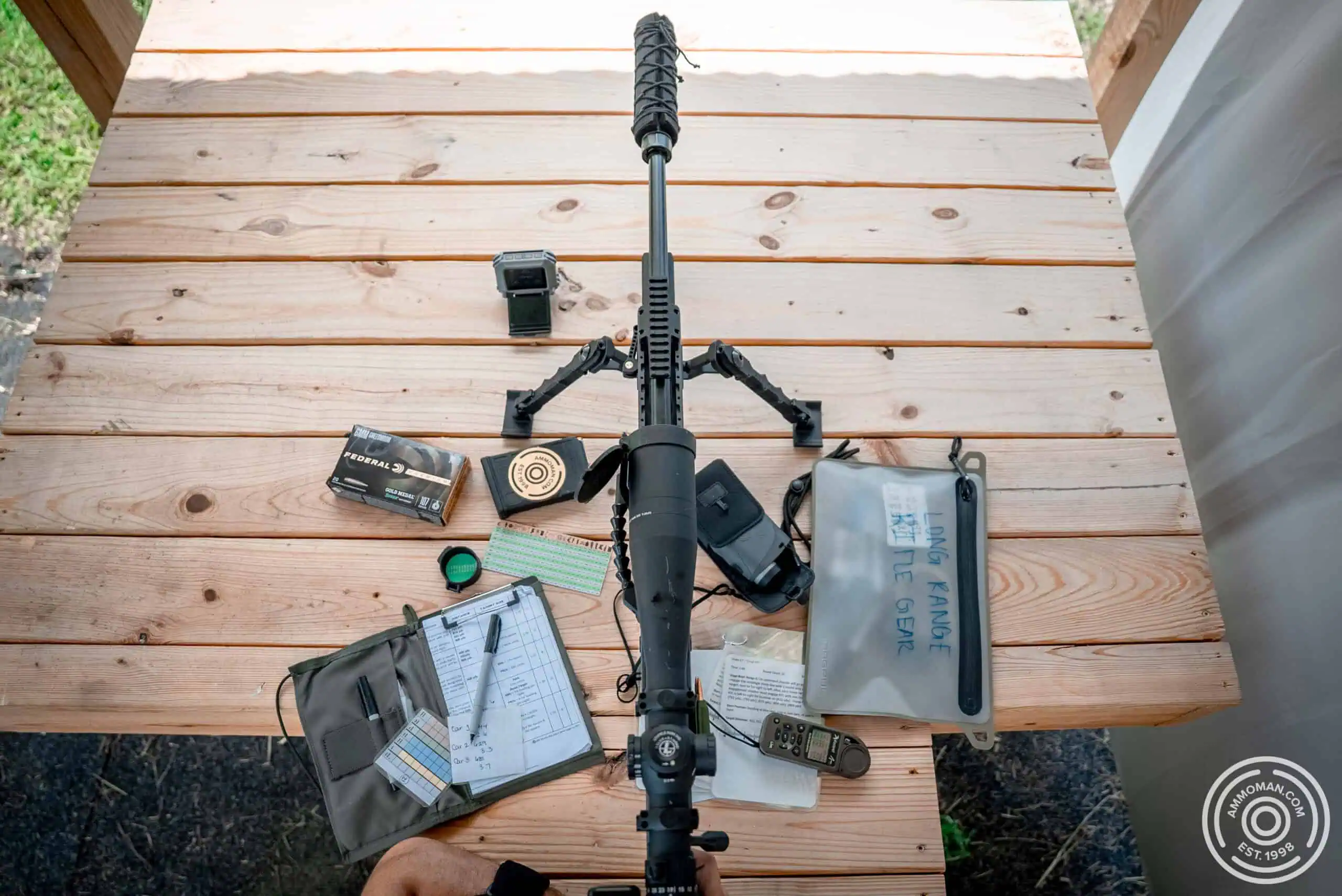
It may look like a lot, you definitely don’t need ALL of this. But having the right equipment helps!
Let’s get into the first steps.
1. Zero Your Rifle
The first thing that needs to be done is confirming a solid zero at your baseline distance. This is most often done at 100 yards, but you could do whatever suits you best. This zero is your foundation for all other data points collected after so it’s critical to do this step properly. If you need a jump start on zeroing, check out our guide on How to Zero a Scope.
2. Gather Data at Known Distances
Next, you need to shoot groups at known distances (200, 300, 400 yards, and beyond if possible). The most rudimentary form of collecting data at this stage is to shoot each group and then measure the distance between your point of aim and the point of impact at each distance.
There is nothing wrong with this method, and in fact it is necessary to confirm you have correct data by doing this at some point. BUT! There is an easier way…
Ballistic Calculators
Today, there are a multitude of quality ballistic calculators, applications and devices that will greatly aid in this process. My favorite has been to use the Kestrel 5700 Elite. Yes, it’s a high ticket item, but as someone who has used both the really “nice” equipment, and also the more budget friendly ballistic devices, this one blows it out of the water. And yes, you can tell the difference.
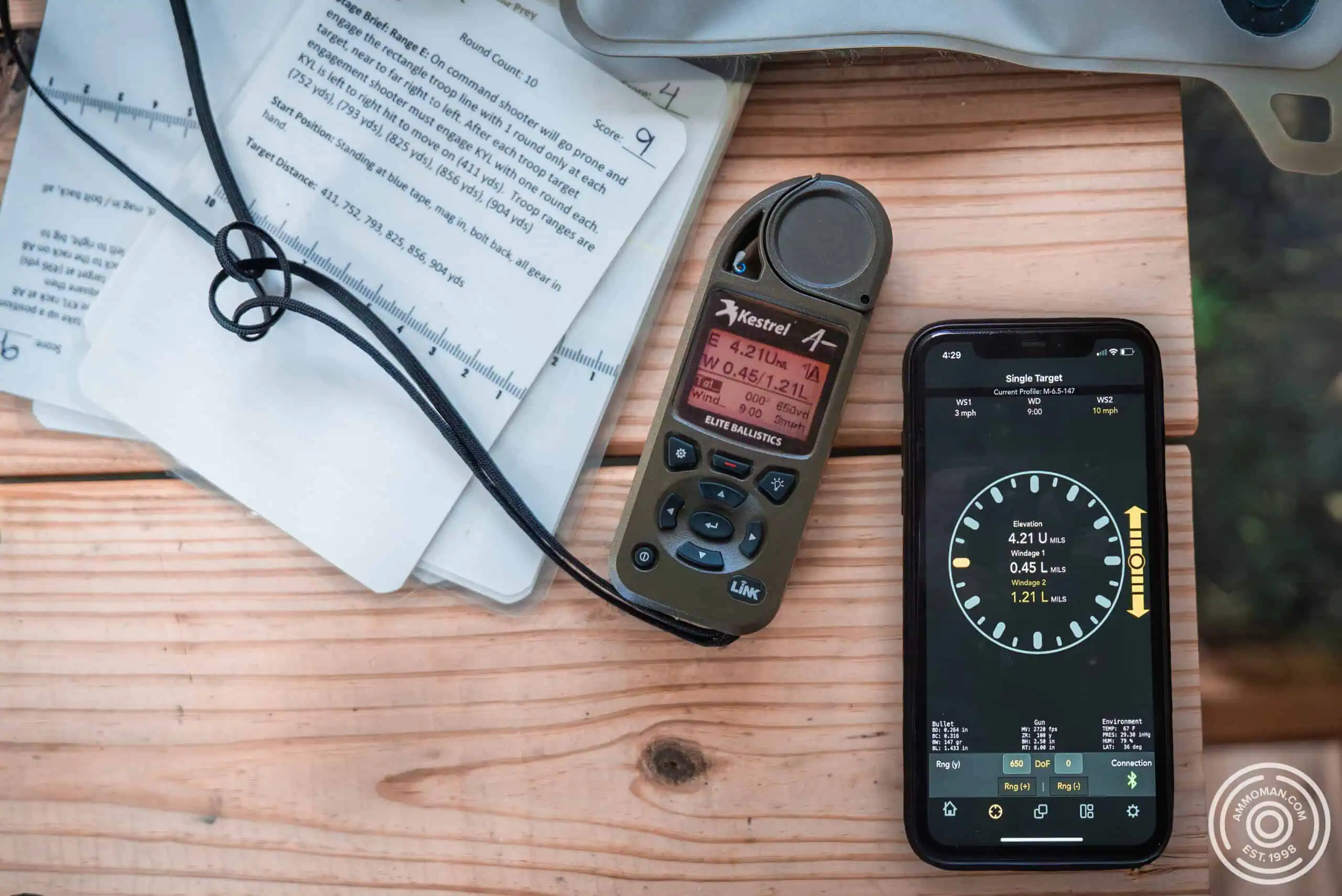
The Applied Ballistics Kestrel can work independently, or in conjunction with the mobile app.
If you are just looking to dip your toes into ballistic calculators but want to save your wallet (and marriage) some strain, I would recommend trying out the free (yes, FREE!) Kestrel LiNK Ballistic app. It will get the average person more than enough data to create an incredibly detailed DOPE card.
Collecting Reliable Data
Okay, I got a bit side tracked but that was necessary information. Let’s talk about what you need to do from there. Using your ballistic calculator of choice, you can input the details of your rifle, ammunition and scope to get rough estimates of your holdovers at different ranges.
3. Confirm Your DOPE
Remember though, if possible, you should confirm everything with live shooting, at each distance. The goal should be to build a record of what works with your rifle in reality not just in theory.
4. Recording Your DOPE
After you have collected (and confirmed) all of the data you need, you can either buy a template card like the Sobchak Security Ranging Stickers, or you can make your own! Simply print your chart directly from your computer or physically write it out on an index card and laminate it. Here’s an example of what a basic chart could look like:
| Range | Elevation (MIL) | 6.5 CRDM Notes |
|---|---|---|
| 100 yd | 0.03U | Zero distance |
| 200 yd | 0.41U | |
| 250 yd | 0.72U | |
| 300 yds | 1.07U | 11 clicks works better |
| 350 yds | 1.45U | |
| 400 yds | 1.86U |
5. Keep Your Card on Hand! (Display or Mount)
Once your card is filled in and protected from the elements, the last step is to figure out where you want to keep it! Some people like to display their DOPE cards by taping it to the stock of their rifle. Others have placed it inside a scope cap, or in an arm band. These are all great options, it just depends on your most common use case. If none of these serve your purpose well, there is no wrong answer. Get creative!
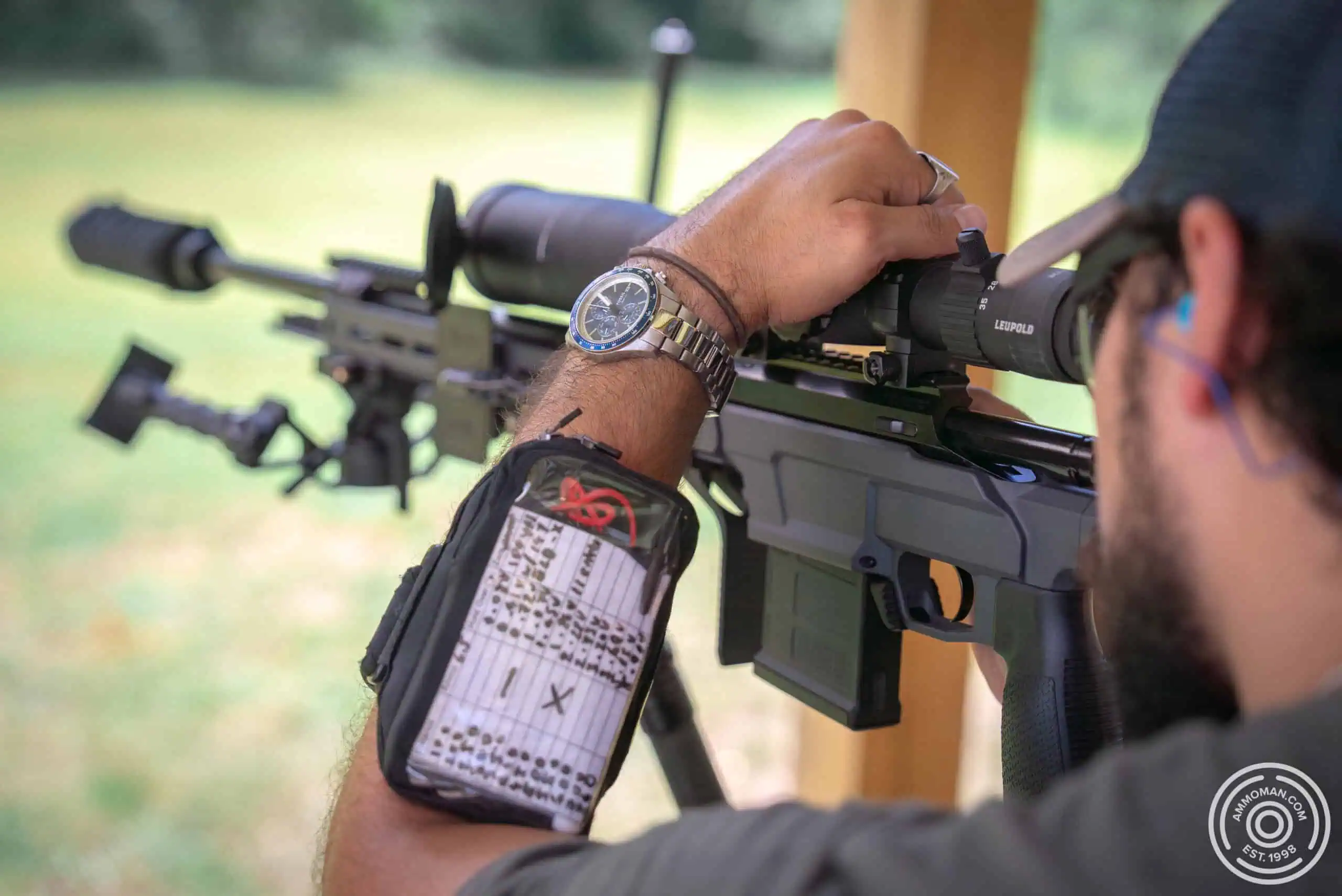
DOPE card on arm sleeve.
Either way, having a quick reference is helpful when you’re under time or stress.
Closing Tips for Getting Accurate DOPE
Now that you know what it is and how to get dope, let’s go over a few tips to set you up for success.
Consistency
Consistency across the board is how you will either thrive or take a nosedive. Whether you have the most expensive setup in the world or just a simple rifle and a notepad, it’s important to use the same ammo and equipment every time if you expect to use your DOPE in the future. Part of consistency is periodically checking and confirming your data and it’s results on target by shooting live at distance.
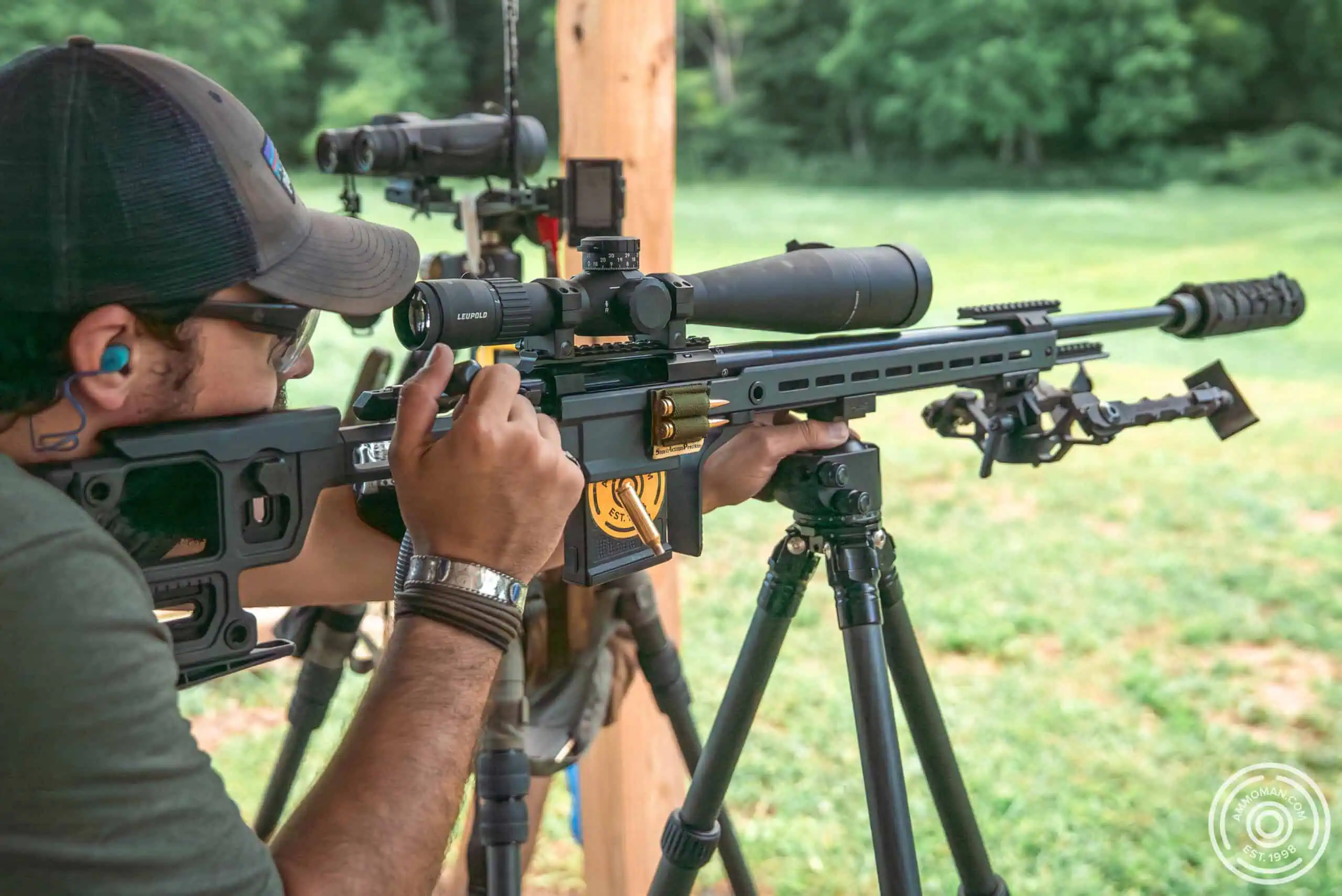
Finding your DOPE takes some effort, but once you have it, taking shots at distance is that much easier!
You may notice your rifle is wearing or the zero of your scope has shifted over time or after hard use. It’s easier to make adjustments to your DOPE if you notice these shifts early on.
Environmental Considerations
As you progress on your shooting journey, it may be important to record environmental conditions. For example, hot vs cold air can cause changes to your impacts on target. Just remember that the data you’ve collected is only “true” for the environment you shot in. If you change locations, you can expect small to large differences between your DOPE and the ballistic solution you need.
Final Thoughts
In the world of precision shooting, having a solid DOPE means you’ve taken the time to understand your rifle, ammo and how they work in the real world. It gives you the confidence to make long-range shots with fewer surprises and more success.
Thanks for reading and I’ll see you all next time! Be sure to follow us on on our socials to stay up to date on future projects I’m working on.

